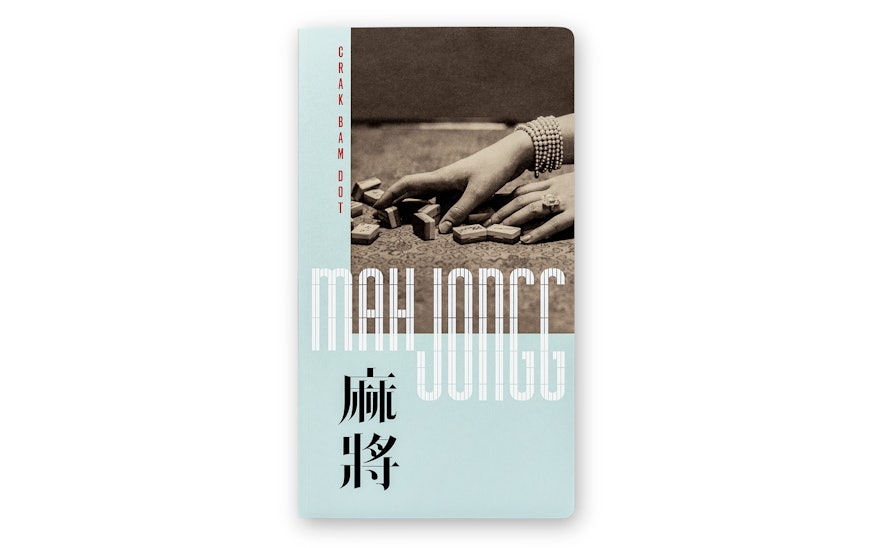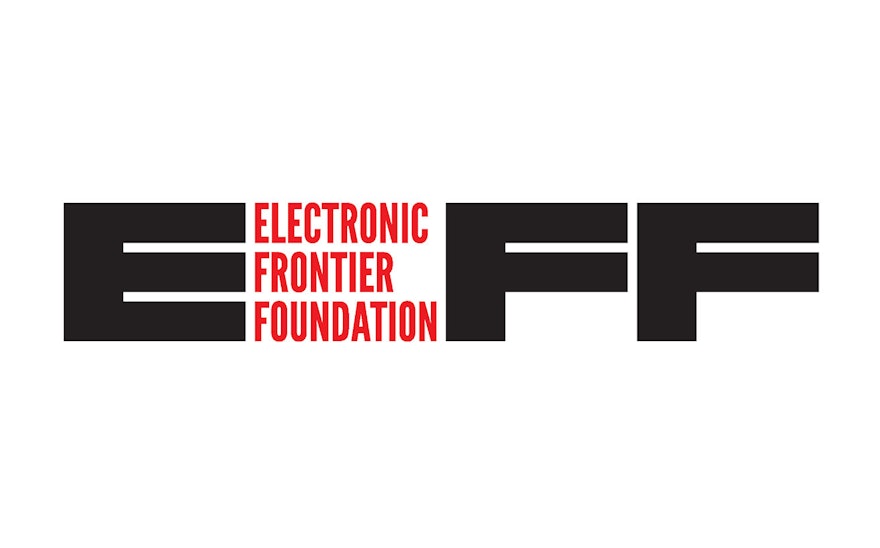Mah jongg is a true cultural hybrid. With roots in Ancient China, the game made a surprisingly lasting impression on American audiences in the 1920s and 30s and has endured ever since. Working with Patsy Tarr and the 2wice Arts Foundation, Pentagram designed and developed Mah Jongg: Crak, Bam, Dot, a publication that celebrates the fascinating history and visual universe of the game. First published in 2010, the book has been reissued by 2wice in a new edition that responds to mah jongg’s rising popularity with new players, some 2,500 years after it was legendarily invented by Confucius.
The book’s original edition was highly sought after by mah-jongg enthusiasts and quickly sold out. It accompanied Project Mah Jongg, an exhibition that originated at the Museum of Jewish Heritage in New York before traveling to almost a dozen cultural institutions across the country, becoming Pentagram’s most widely seen exhibition. Curator Melissa Martens Yaverbaum proposed the concept for the show and worked with Pentagram and 2wice to create content for the book that explored the intersection of Asian and Jewish cultures in the history of mah jongg.
For the book and exhibition, 2wice commissioned a group of guest artists to interpret the game through their distinct sensibilities. Fashion designer Isaac Mizrahi sketched mah jongg-inspired ensembles; Maira Kalman illustrated a “mah jongg murder mystery”; Bruce McCall created “Miami Mah Jongg”; and Christoph Niemann designed new tile iconography combining the visual language of mah jongg with symbols of Jewish life like bagels and dreidels.
The book also looks at the connections between mah jongg and Jewish- and Chinese-American cultures, with essays by Jennifer 8. Lee, on the popularity of Chinese food with American Jews; Wendy Goodman, on the designer Tony Duquette; Paul Shaw, on ethnic typefaces; and Daniel Cappello, on the Chinese-American actress Anna May Wong. Portfolios highlight imagery from the mah-jongg craze of the early 20th century; vintage sets, tiles and other ephemera; and fortunes from Chinese fortune cookies. The reprint features a new introduction by 2wice publisher Patsy Tarr, an avid mah-jongg player herself.
The book is designed with the proportions and rounded corners of a mah-jongg tile. Custom typography is adapted from lettering that, like the game, is assembled by arranging tiles.

